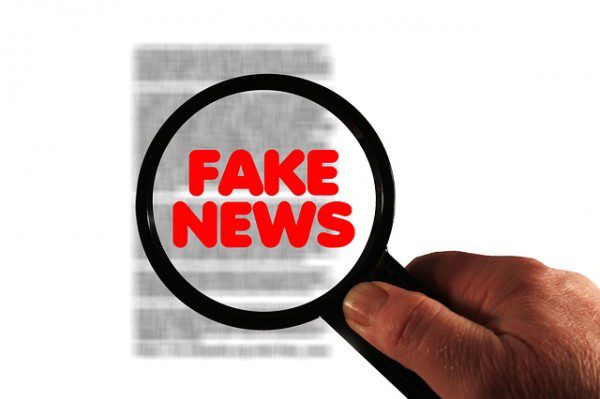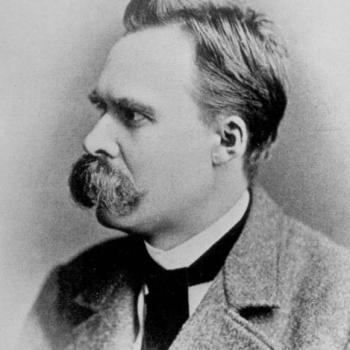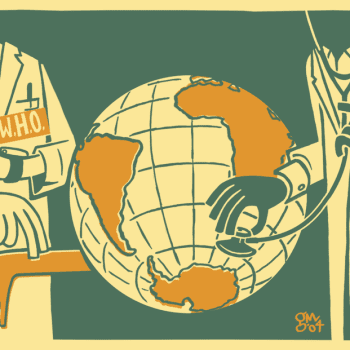 The Republican Health Care plan that went down in flames was portrayed in the media as causing millions of Americans to lose their health insurance. And the proposed cuts in Medicaid were said to take health care away from millions of poor Americans.
The Republican Health Care plan that went down in flames was portrayed in the media as causing millions of Americans to lose their health insurance. And the proposed cuts in Medicaid were said to take health care away from millions of poor Americans.
But, as Ramesh Ponnuru points out, the 23 million Americans who would lose their insurance under the Republican plan were those who would voluntarily drop their insurance if the individual mandate requiring them to buy insurance were dropped. (These would include the legions of young critics of Obamacare who find themselves being required by law to buy insurance that costs as much as their monthly rent with a deductible of thousands of dollars that they are highly unlikely to meet.)
As for Medicaid, President Obama upped the program to pay for the medical expenses of not just the poor but also those 38% above the poverty line. That would continue under the Republican plan, but the federal government would re-imburse the states only half, rather than the whole amount, which was only going to be for a temporary period anyway. The states, which administer the program and pay a major share with the federal government, can determine eligibility as they please.
Ponnuru blames not just the media for spreading the misconceptions and not fact-checking the rhetoric. What really gets him is that the Republicans did NOTHING to answer those charges, even though they could have very easily.
From Ramesh Ponnuru, Health Care Failure: Republicans & Media Share Blame | National Review:
Misconceptions have dominated the debate over Republican legislation to reform Obamacare. The press has spread those misconceptions, and Republicans have done almost nothing to dispel them. That’s not the only reason Republicans have so far proven unsuccessful in enacting health-care legislation. It’s probably not even the most important one. But it is a big one, and Republicans still don’t seem to understand it.
The first misconception is about how many people would “lose” their health insurance under the Republican legislation. The House bill would supposedly “take away” insurance from 23 million people; the bill the Senate considered over the last few weeks would supposedly take it away from 22 million; and the “skinny bill” would take it away from 16 million in one year. No charge was made more frequently by Democrats against the bill. The press frequently repeated it and rarely challenged it.
But it wasn’t true. Under each of these bills, most of the reductions in coverage were driven by the voluntary decisions of people to go without insurance once they were no longer threatened with fines if they made that choice. The Congressional Budget Office report on the skinny bill implies that about 14 million people would leave the insurance rolls for that reason once the bill was enacted. An additional million or so would leave the rolls because the departure of those 14 million would send premiums higher. . . .
Other consequential misconceptions concerned Medicaid. Outlet after outlet reported that the Senate bill would “roll back,” “end,” or “phase out” Obamacare’s expansion of that program, that it cut hundreds of billions of dollars in federal spending on it, and that it threw millions of people off it. These claims, all of them significantly mistaken, got mixed up with the allegedly draconian caps in the legislation. “The Senate bill would end the Affordable Care Act’s expansion of Medicaid to millions of low-income Americans,” according to a typical account at a respected website (Vox, in this case). The most natural reading of that passage: Obamacare expanded Medicaid to cover millions of people, and the Republicans would undo the whole expansion.
Before Obamacare, Medicaid had covered people making less than the poverty line. Obamacare had expanded eligibility to people making up to 38 percent above the line. If states chose to cover these people, the federal government would pay nearly all the costs. The Republican bill did not undo this expansion of eligibility, as a straightforward repeal of Obamacare would have done. It did not end all payments for the newly eligible population, as did a 2015 bill that all Senate Republicans supported. Instead it reduced the federal share of the cost to the pre-Obamacare level. The federal government would still cover more than half the cost for people making up to 38 percent above the poverty line.
[Keep reading. . .]
Illustration from Pixabay, CC0, Public Domain
 The Republican Health Care plan that went down in flames was portrayed in the media as causing millions of Americans to lose their health insurance. And the proposed cuts in Medicaid were said to take health care away from millions of poor Americans.
The Republican Health Care plan that went down in flames was portrayed in the media as causing millions of Americans to lose their health insurance. And the proposed cuts in Medicaid were said to take health care away from millions of poor Americans.
















